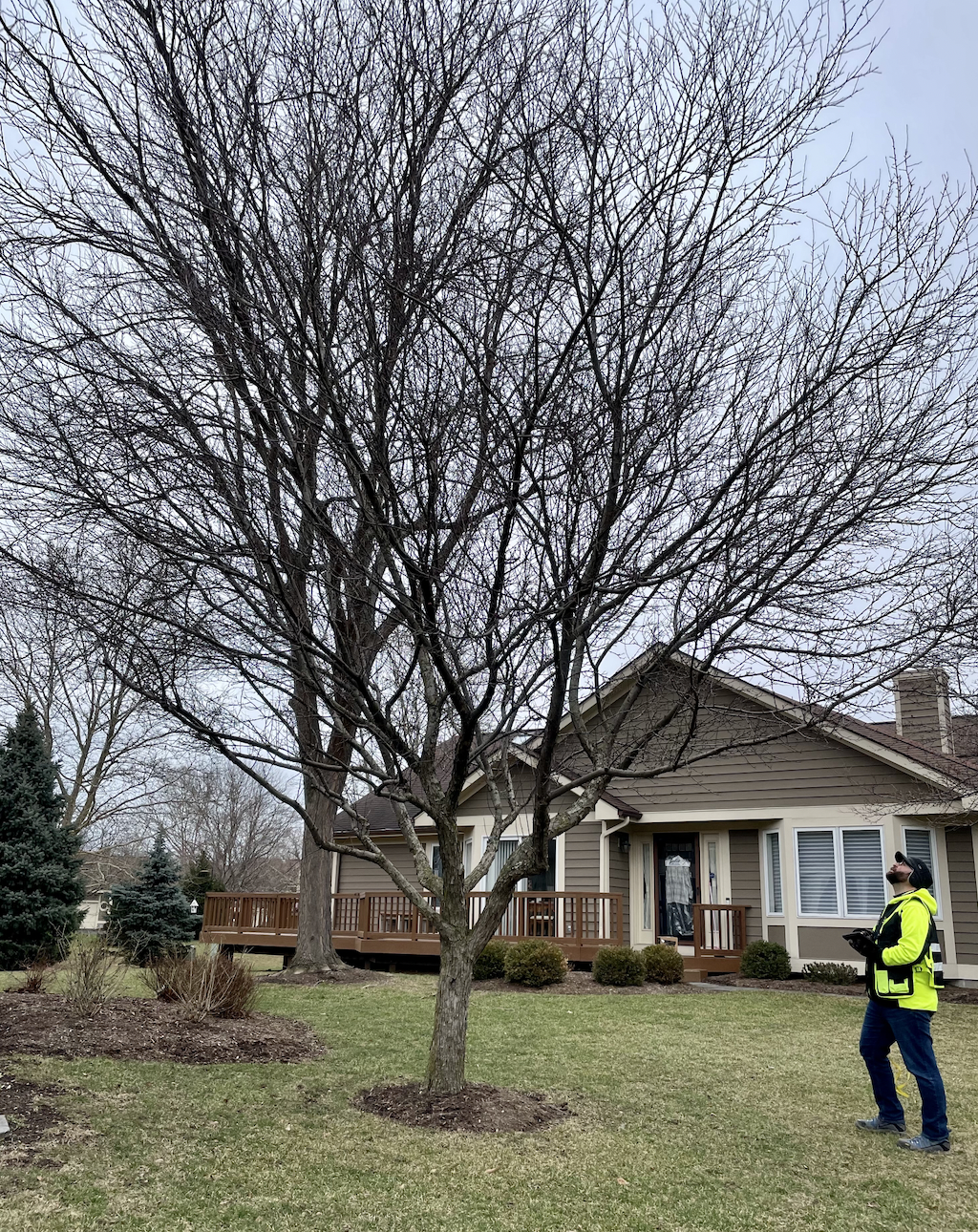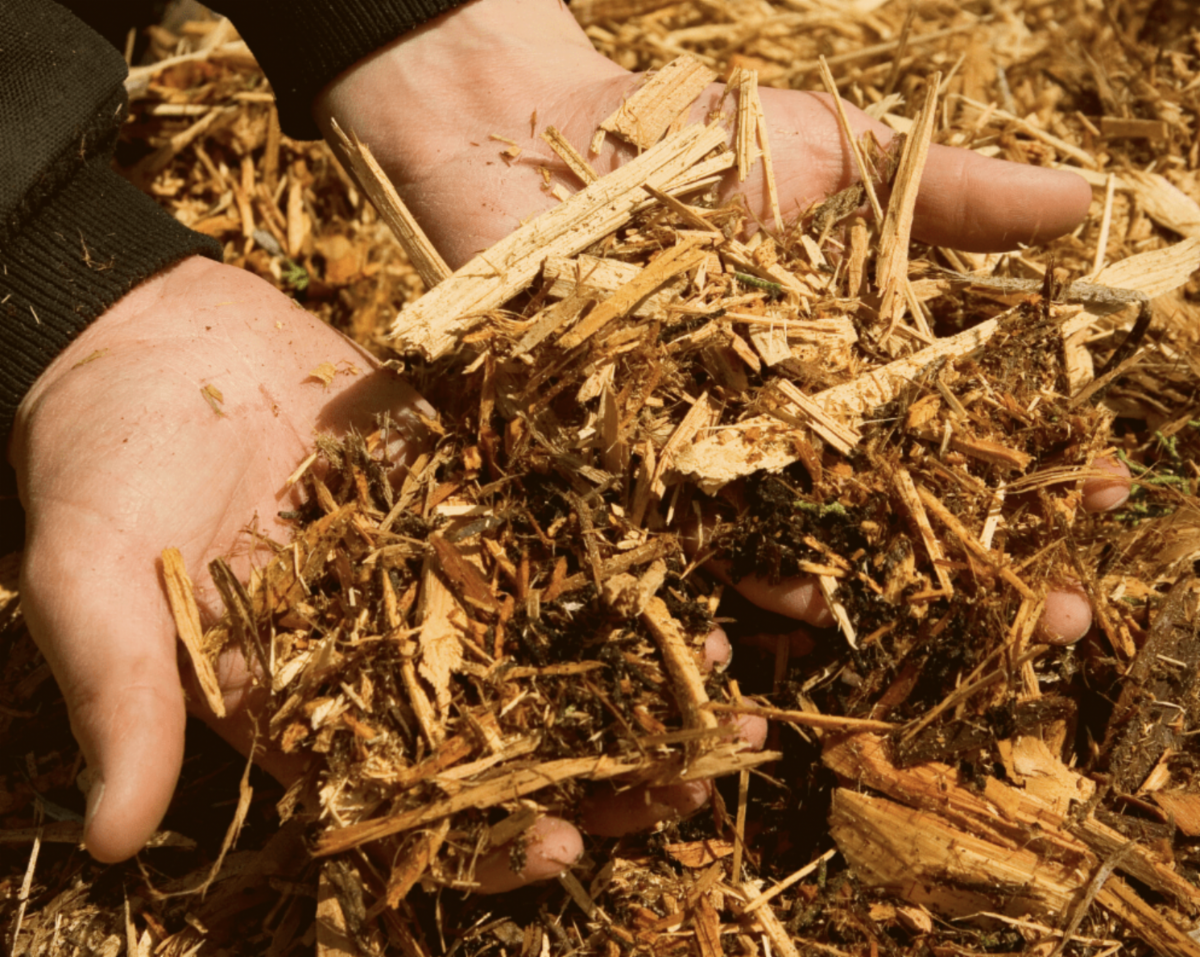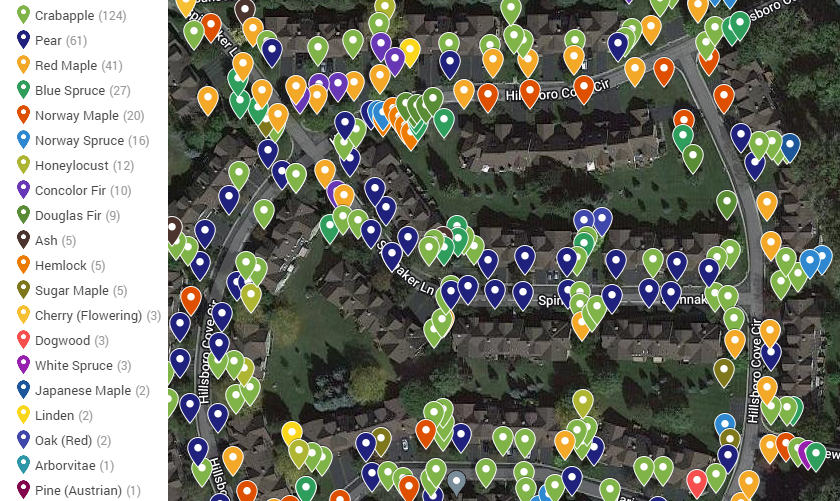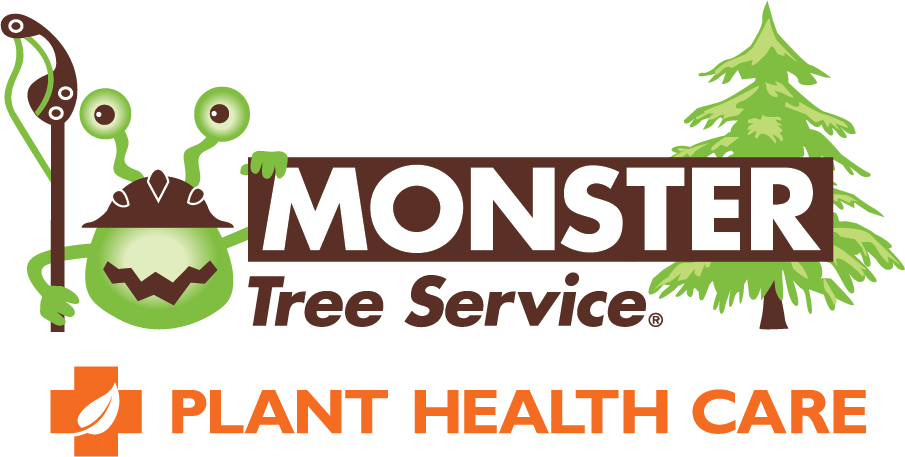If you already have a mulch volcano, a trained arborist can help remove the volcano and correct any issues hidden by the volcano. Airspading is a safe practice that uses compressed air to remove mulch and soil around the base of the tree and expose the root system. Once the roots are exposed, the problem roots are identified and pruned or removed. When this work is done, you want to balance removing problem roots with leaving the tree enough roots for storage and uptake of nutrients. Trees with extensive root issues may need to have this process repeated over multiple years, so the tree has time to adapt to the root pruning before removing more roots. Proper mulching can help you avoid having to remove the tree or incurring the expense associated with airspade work. For additional information on mulching visit: Consult a Monster Tree Service Arborist University of Maryland Extension: Mulching Trees and Shrubs Also called: Maythorn Lifespan: Average 75-150 years. ID features: Leaves- 5-7 deep lobes and teeth on the leaf tip. Bark- gray to gray-brown as they age. Mature tees will have scale looking bark ridges. Height- This tree can be anywhere between 6 to 30 feet depending on the variety! Flowers- small white, five-petaled flowers that grow in flat clusters. |
Fun facts: Nicknamed 'The May Tree' because they usually bloom in May. They are important winter food for birds as the fruit remains on the branches until the following spring. As its name suggests, it has sharp thorns along its branches. Don't like thorns? There are new varieties which are thorn-less! |
Ask the ArboristSarahNYSDEC 3A Pesticide Technician T8890526 |
 |
Q: Can woodchips be used as mulch?A: Woodchips can be an effective and affordable mulch material. As woodchips decompose, they can help improve soil structure and add nutrients to the soil. Make sure the woodchips are not too large, as large chunks of wood can take a long time to decompose and can actually deplete nitrogen from the soil during the decomposition process. By following some basic mulching guidelines, you can use woodchips as mulch in your landscaping and gardening projects with confidence. Q: Can mulch spread disease to my tree? A: Yes, mulch can potentially spread diseases to trees if it is made from infected plant material, however the chances are very low. It's important to use clean, disease-free mulch that has been properly processed and stored. If using 'green chips' (freshly chipped) be sure to ask about the potential of pest or pathogens in the load. Q: When should I apply mulch? A: Generally, it's a good idea to apply mulch in late spring or early summer, after the soil has had a chance to warm up and the risk of frost has passed. Organic mulch, such as wood chips or leaves, may need to be applied more frequently throughout the growing season, as it decomposes and becomes incorporated into the soil. |

Monster in the NeighborhoodIn late February, Jason and Sarah spent two days inventorying over 350 trees owned by a homeowner's association in Webster. The purpose of the inventory was to obtain the total number of trees owned by the HOA and create a long-term management plan for the property. The two walked the property and collected data on each individual tree—noting location, size, species, condition, management recommendations (pruning, removal, or replanting), pruning cycle recommendations, long term infrastructure concerns/conflicts, and designating a priority rating for any actions. Having this information will allow the HOA to allocate their resources efficiently and prioritize tree related projects with ease. This will also help them understand the biodiversity of their property. 
|
|











